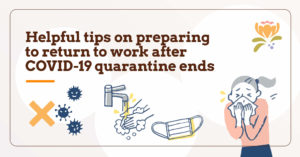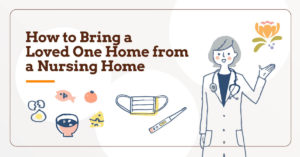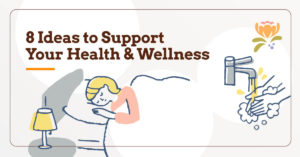 Talk with any experienced fireman and they will tell you that as we age, our risk of injury or death from fire increases dramatically. The Federal Emergency Management Agency (FEMA) has tracked just how great that risk is.
Talk with any experienced fireman and they will tell you that as we age, our risk of injury or death from fire increases dramatically. The Federal Emergency Management Agency (FEMA) has tracked just how great that risk is.
For caregivers, the numbers are especially frightening. 900 people aged 65 or older die in fires each year. Another 2,000 seniors are injured. Those aged 85+ are five times more likely to be injured or die in a fire than the average person.
Why is the risk of injury or death in a fire so much higher for seniors?
The fire safety experts at FEMA believe there are four primary reasons:
- Heating equipment. Seniors often try to save money on utilities by utilizing wood stoves and space heaters. Some even try to heat their homes using their stove top or oven. These all increase the risk of a fire. Space heaters should never be used near a water source. Yet bathrooms are one of the primary places seniors use space heaters.
- Health conditions. Many of our seniors have health conditions that decrease mobility. Medications can also affect how quickly an older adult may be able to react and respond. Physical impairments like hearing loss or vision problems may keep a senior from realizing there is a problem until it is too late. Dementia and Alzheimer’s disease cause forgetfulness. A person living with either disease may put a casserole in the oven to cook and then forget about it.
- No Smoke Detector. Fire prevention experts believe homes should have at least one smoke detector on every level of the house. As hard as it is to believe, as many as 15% of seniors don’t have a working smoke detector in their home. Some have one but it doesn’t work or has a dead battery.
- Cooking. Kitchens are the room of the house where the most fires originate. Food left unattended and cooking is one reason. Clothing and linens (like kitchen towels) getting caught in the flame or left against a hot burner are also a big culprit.
What can caregivers do to help fireproof an elderly loved one’s home?
- Make sure they have working smoke detectors on every level of their home and a fire extinguisher in their kitchen. Set up a system where you or a neighbor test them every quarter to make sure they are still working or to change the battery. Some local fire departments will even provide smoke detectors for seniors.
- If your older loved one has difficulty paying heating expenses, call their electric or gas company. Utility companies have special programs for lower income seniors that can help them with heating expenses.
- Do a kitchen safety audit. That includes making sure there aren’t curtains or towels hanging near stove top flames or burners. If your loved one has to reach over burners to turn them off and on, consider replacing their stove. Most newer ranges have the control knobs on the front of the stovetop for safety.
- Suggest to your loved one that if they have something cooking and want to go in to another room, that they take an oven mitt or spatula with them. That will help remind them to check on their food.
- Work with them on planning escape routes from each room. No one really likes to think about having to make a fast escape because of a fire, but it is better to be prepared.
If you would like to learn more FEMA has a free publication called, Fire Safety Checklist for Older Adults. You can download it to assess your aging loved ones home.
Are you a Connecticut caregiver? Have you evaluated your loved one’s home for fire safety?





